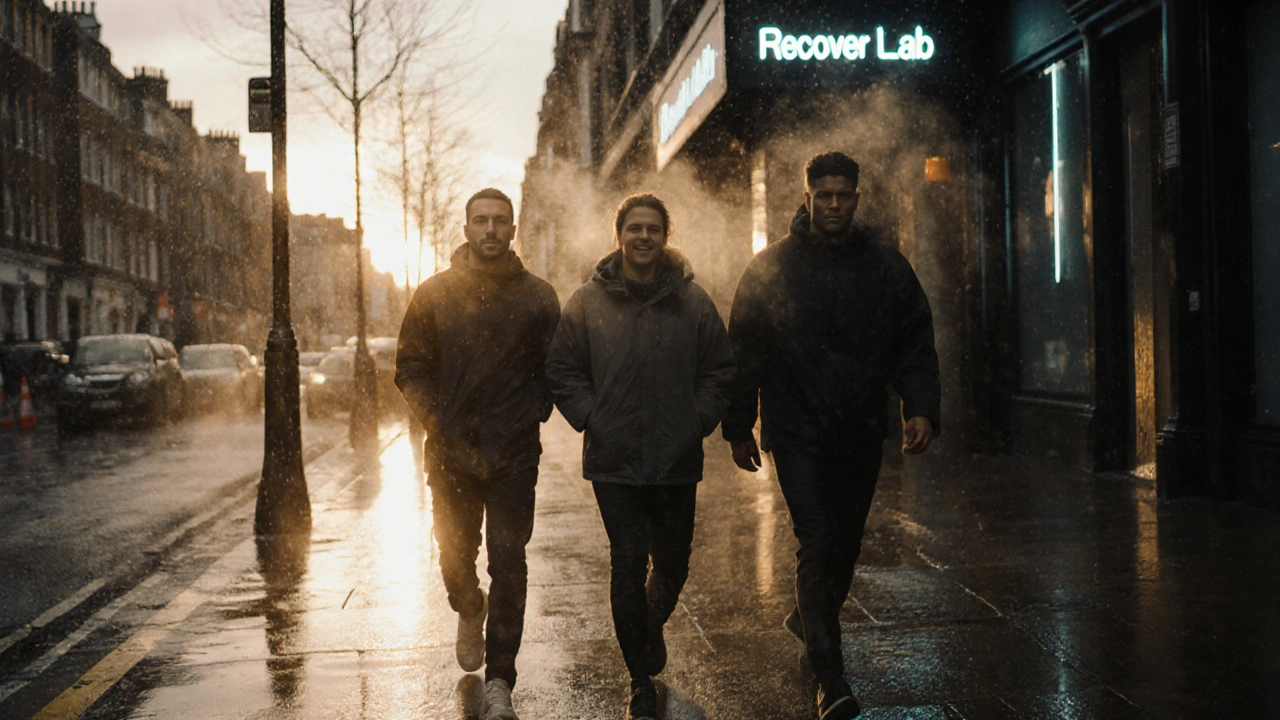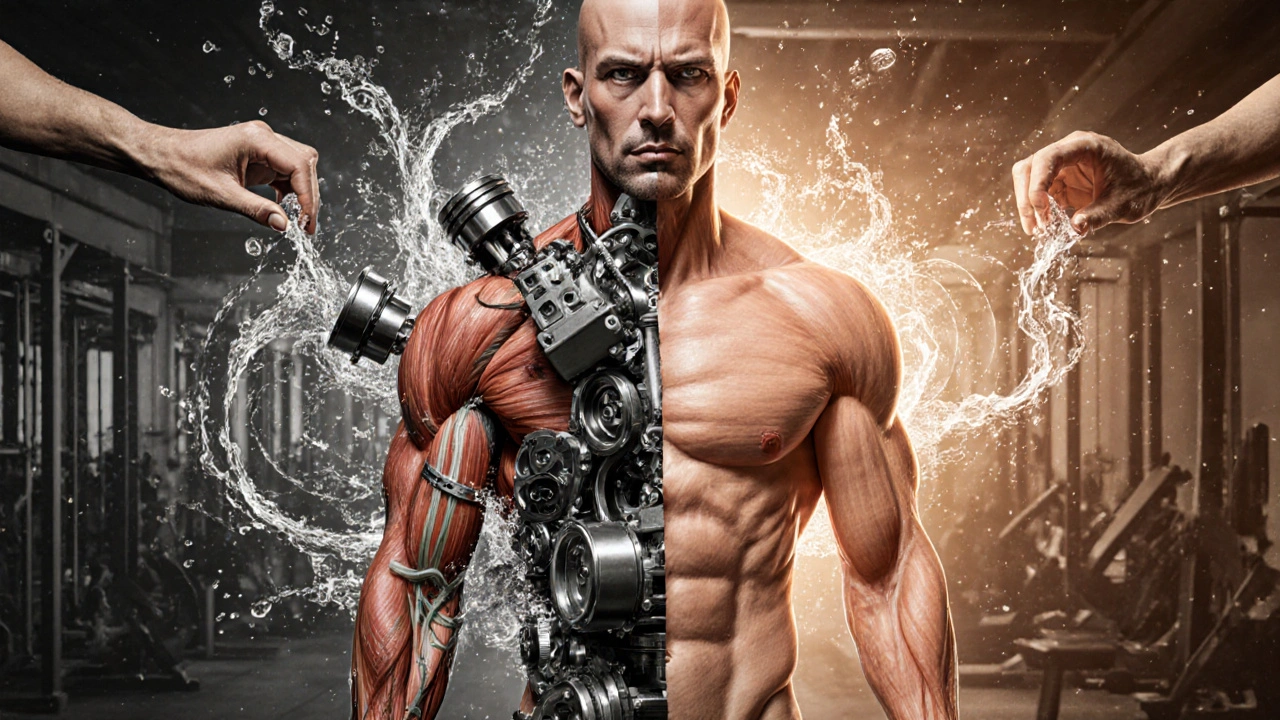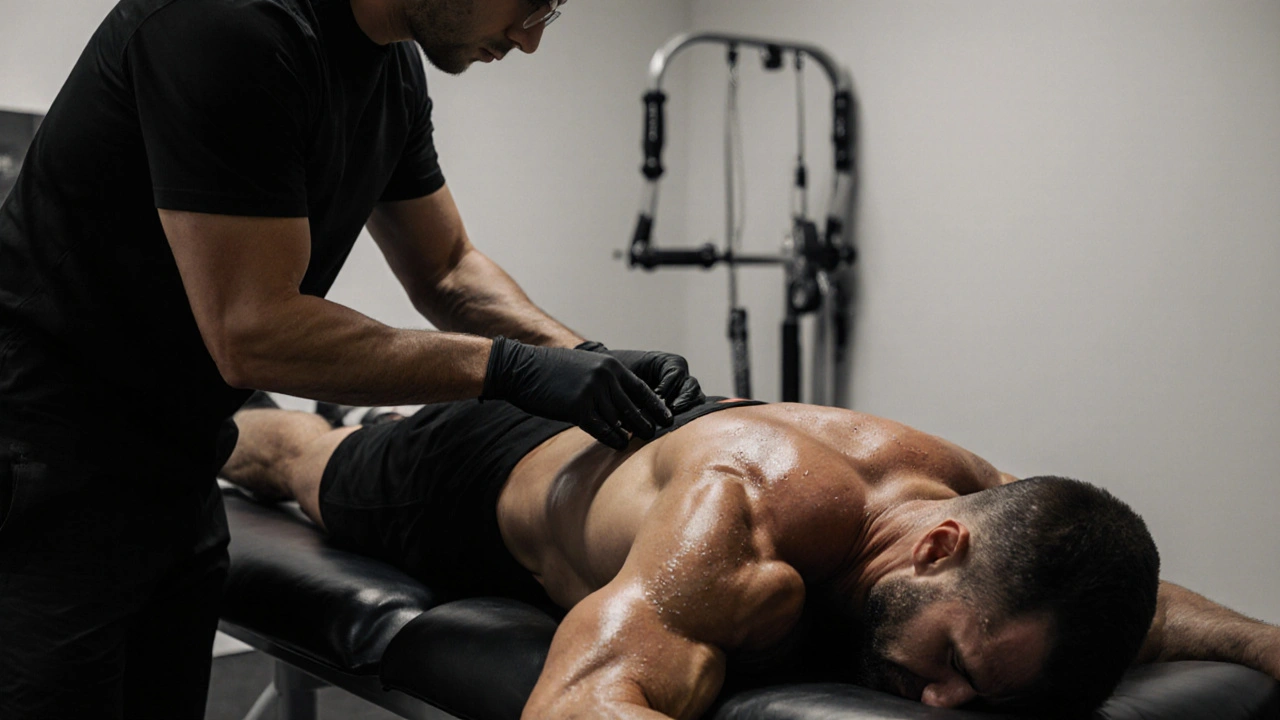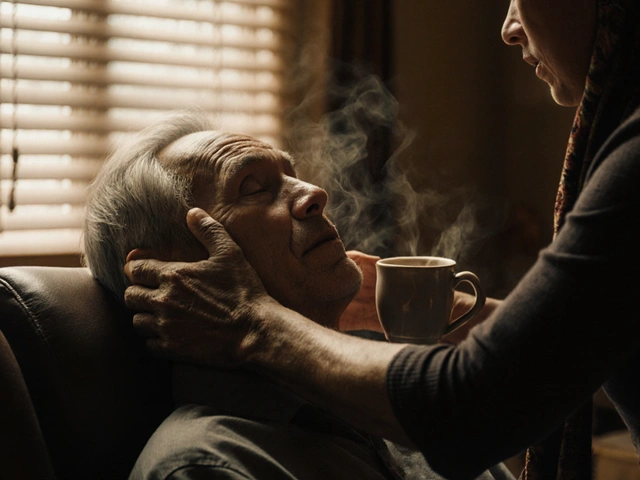Let’s cut the crap-you’ve been grinding hard. Squats that feel like your hips are being torn apart. Sprints that left your quads screaming. You’re not just sore. You’re sports massage London level broken. And no, popping ibuprofen and hoping for the best isn’t a strategy. It’s a death sentence for your gains.
Sports massage isn’t some spa-day fluff with lavender candles and whale sounds. It’s brutal, targeted, and fucking effective. Think of it as a mechanic’s wrench for your muscles. You’re not getting rubbed down-you’re being rebuilt.
What the hell is sports massage?
It’s not Swedish. It’s not Thai. It’s not your auntie’s ‘relaxing’ touch. Sports massage is deep tissue work done by someone who’s seen more torn hamstrings than a physio’s Instagram feed. It’s about breaking up adhesions, flushing out lactic acid, and resetting your nervous system so your body doesn’t think it’s under siege 24/7.
Therapists here in London use techniques like trigger point release, myofascial release, and cross-fiber friction. That’s fancy talk for ‘they dig into your knots like they’re hunting for lost keys.’ You’ll grunt. You’ll swear. You’ll beg them to stop. And then, 12 hours later, you’ll move like you’re 22 again.
How do you actually get it?
You don’t just walk into a boutique hotel and ask for ‘that thing.’ You need to know where to go. London’s got a ton of options, but only a few are legit.
Head to places like London Sports Therapy Centre in Clapham or Recover Lab near Shoreditch. These aren’t massage parlors-they’re performance labs. The therapists here have worked with pro athletes, Premier League players, even Olympic sprinters. They know what ‘tight’ really means.
Book online. Don’t call. Most top-tier clinics don’t even take phone bookings anymore. You’ll pay £70-£120 for a 60-minute session. A 90-minute deep dive? £140. Yeah, it’s expensive. But compare it to the cost of missing a training week because your glutes seized up. That’s £500 in lost gym time. This pays for itself.
Pro tip: Go after a hard leg day. Don’t wait until you’re hobbling. Go when you’re still buzzing from the burn. That’s when the therapist can really get into the meat of it.
Why is it so damn popular in London?
Because Londoners are obsessed with performance. Whether you’re a weekend warrior, a personal trainer, or a guy who runs 10Ks to justify eating pizza, you need to recover faster than your mate who thinks stretching on YouTube counts as recovery.
It’s not just about feeling good. It’s about staying in the game. I’ve seen guys in their 40s who lift heavier than they did at 25-all because they’ve got a regular sports massage slot booked every 10 days like it’s a dentist appointment.
And let’s be real-London’s got more gyms per square mile than any city on Earth. With that many people sweating buckets, the demand for real recovery? Sky-high. You’re not weird for getting this. You’re smart.

Why’s it better than other types of massage?
Swedish massage? That’s for people who want to nap in a room with candles and ocean sounds. Deep tissue? Close-but it’s often just ‘harder pressure.’ Sports massage is surgical. It’s specific. It’s goal-driven.
Here’s the difference: Deep tissue says ‘I’m gonna crush your back.’ Sports massage says ‘I’m gonna fix your left hip flexor so your deadlift doesn’t feel like you’re lifting a car with one arm.’
Therapists will ask you: ‘Where does it hurt when you sprint?’ ‘Does your knee click when you squat?’ They’ll test your range of motion. They’ll watch you walk. Then they’ll attack the problem, not just the symptom.
And the results? You’ll feel it. Not just in your muscles-in your movement. Your stride gets longer. Your squat depth improves. Your shoulders stop feeling like they’re welded shut. That’s not magic. That’s science.
What kind of high do you actually get?
Let me be clear: This isn’t a sexual experience. But if you think you won’t feel something intense… you’re wrong.
The first time your therapist digs into your iliotibial band? You’ll feel it in your teeth. You’ll sweat. You’ll gasp. And then-magic. A wave of warmth spreads through your leg. Your body releases endorphins. Dopamine. Serotonin. All the good stuff. It’s not euphoria. It’s relief so deep it feels like your bones are exhaling.
Afterward? You’ll walk out feeling lighter. Not drunk. Not high. But reset. Like your nervous system just rebooted. You’ll stare at your reflection and think, ‘Damn. I forgot what it felt like to move without pain.’
I’ve had guys cry after their first session. Not because it hurt. Because they hadn’t felt this free in years. One guy told me he hadn’t run without his knee acting up since 2019. After three sessions? He ran a half-marathon. No meds. No brace. Just massage.

Who should skip it?
If you’ve got an acute injury-like a torn muscle or a sprain-hold off. Don’t go in until the swelling’s gone. You’ll make it worse.
If you’re on blood thinners? Talk to your doctor first. Deep pressure isn’t safe for everyone.
And if you’re looking for a quick fix? Walk away. This isn’t a one-session miracle. It’s a habit. Like brushing your teeth. Do it every 7-14 days if you’re training hard. Once a month if you’re just keeping fit.
Final word: This isn’t a luxury. It’s a necessity.
You spend hours sweating. You track your reps. You count your macros. You sleep 8 hours. You take your supplements. And then you skip the one thing that actually lets your body turn effort into progress?
Sports massage isn’t about pleasure. It’s about power. It’s about longevity. It’s about staying strong, mobile, and free-long after your mates are limping into their 30s.
Go. Book it. Take the hit. Your body will thank you.
What’s the difference between sports massage and regular massage?
Regular massage is about relaxation-think candles, soft music, gentle strokes. Sports massage is about performance. It’s deep, targeted, and focused on fixing movement restrictions, breaking scar tissue, and speeding up recovery. It’s not meant to soothe-it’s meant to rebuild.
How often should I get a sports massage in London?
If you’re training hard 4+ times a week, aim for every 7-10 days. If you’re a casual gym-goer, once a month keeps you moving freely. Elite athletes often go twice a week. Consistency beats intensity here.
Is sports massage painful?
It should hurt like hell in the right places-but not everywhere. You’ll feel deep pressure, maybe even a sharp twinge when they hit a knot. But if it feels like you’re being tortured, speak up. Good therapists adjust on the fly. Pain isn’t progress-precision is.
Can sports massage help with chronic pain?
Yes-if it’s muscle-related. Tight hips from sitting all day? Lower back pain from weak glutes? Shoulder stiffness from desk work? Sports massage can dramatically reduce these issues by restoring mobility and releasing tension. It won’t fix a herniated disc, but it can stop the surrounding muscles from sabotaging your recovery.
Do I need to be an athlete to benefit?
Absolutely not. If you’ve ever felt stiff after walking the dog, struggled to tie your shoes, or just want to move without creaking like an old door-this is for you. You don’t need to run marathons. You just need to want to feel good in your own skin.






